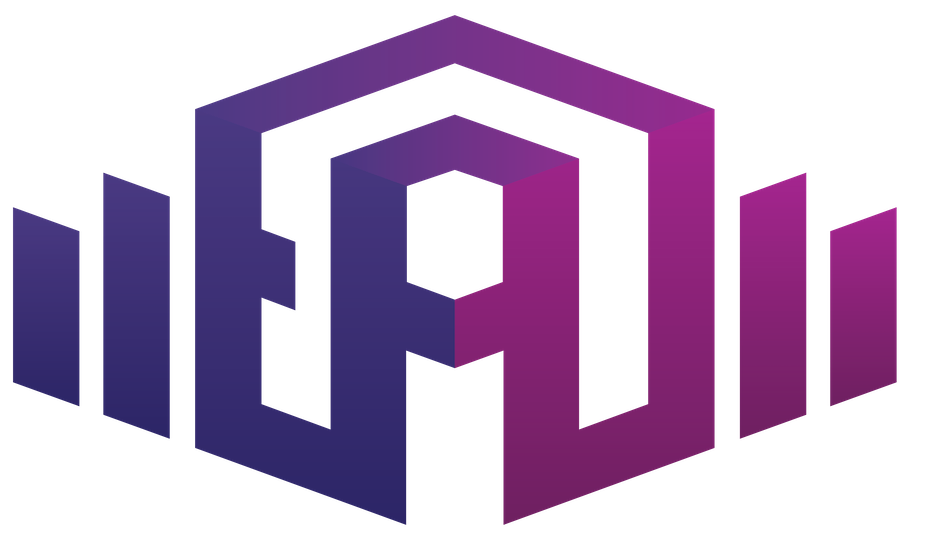On the 18th of May 2024 the Enhancing Audio Description team headed to Edinburgh to host a one-day symposium at Dovecot Studios focused on discussions and reflections on accessibility in relation to different creative areas, including music, dance and filmmaking.
Why Edinburgh? The Enhancing Audio Description project, both its first part and its current one, has often had its public dissemination events (that is, outside of conferences and specialist events) either in York or London, meaning that we often find ourselves talking to audiences who are already familiar with our work and that maybe know the team personally. But a central point of effective dissemination is that we need to constantly be considering widening our audiences, so as to increase the impact of the project and its methods. Moreover, many events on disability and accessibility default to London as a site for dissemination and the team felt it was important to move away from this trend.
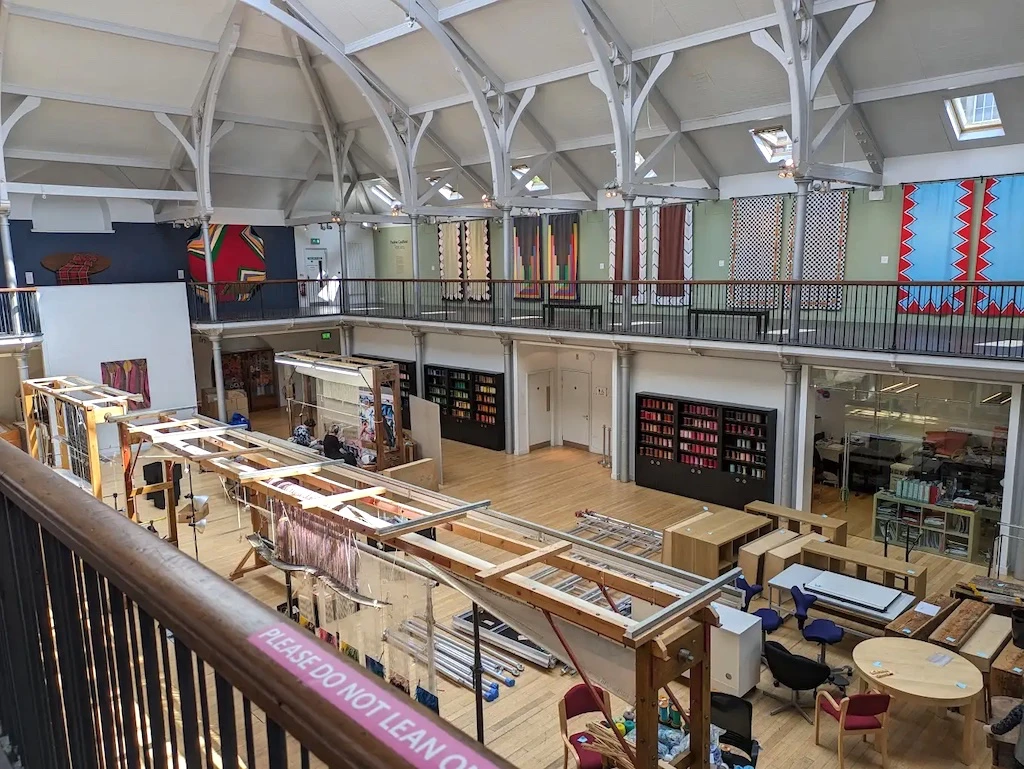
And what a fabulous decision! Hosting the event at Edinburgh meant that there was a great opportunity to focus on Scotland-based researchers and practitioners who we hadn’t had the chance to meet before, expanding our networks in new exciting ways. It also meant that when I stood at the front of the room to introduce the event I realised I didn’t know any of the audience members, which I felt was incredibly positive as it really meant we were talking to a new audience and making new connections.
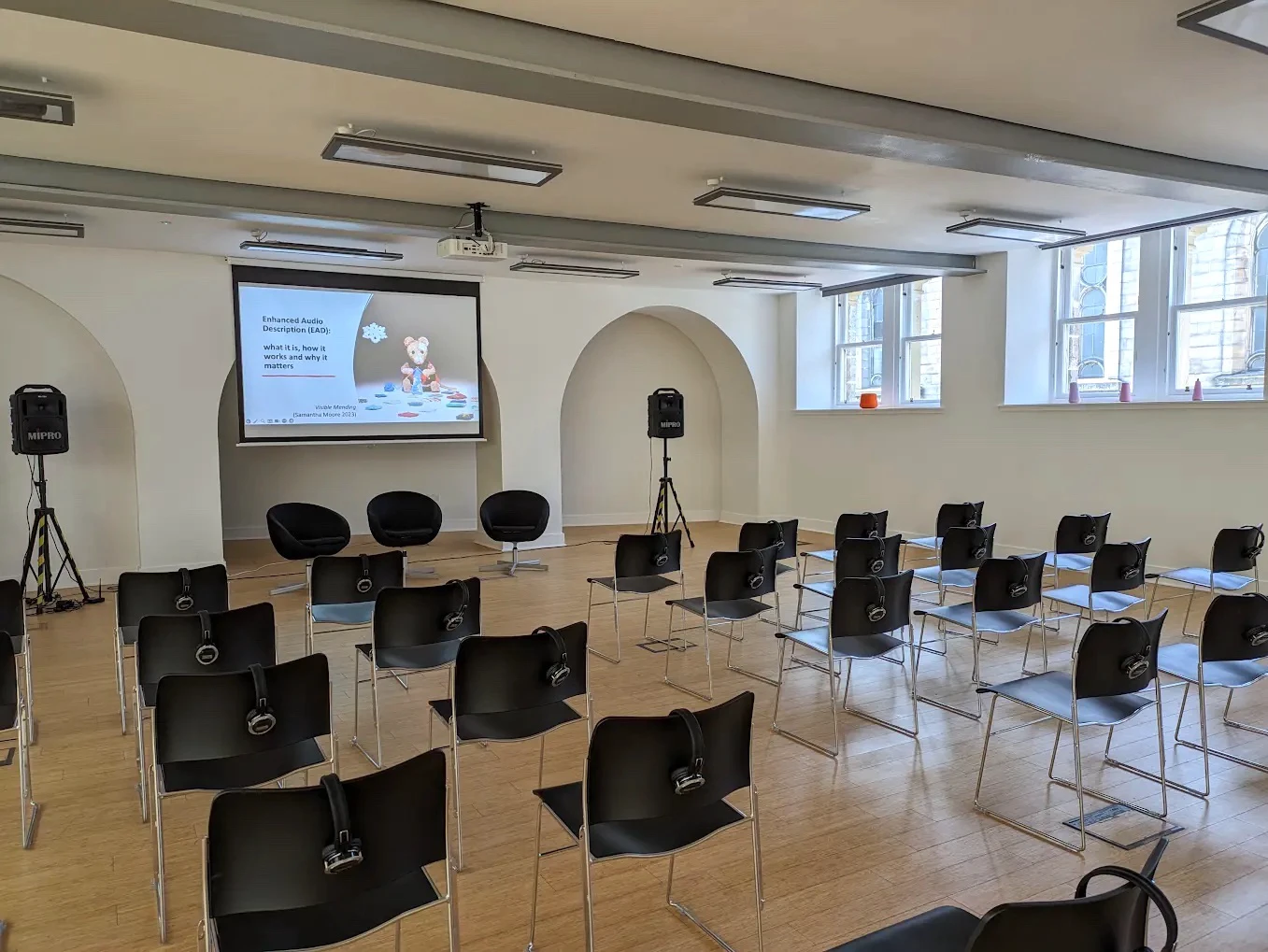
Accessibility was central to the event itself and we had the pleasure of working with two wonderful BSL interpreters throughout the day. In addition to this we asked speakers to describe any images that were key to their presentations, and we installed a hearing loop especially for the event. In addition to this, thanks to the generosity of the venue, we were able to secure a second space to provide a quiet room for any speakers or participants.
After some hot drinks and pastries, the event kicked off in the morning with a presentation by Dr Sonia Allori titled Capturing sound and music in words - Using captioning as part of performance practice. Sonia took us through engaging explanations on the creative use of captioning for music performances, a practice that started as an accessibility feature during rehearsals and then turned into a creative tool in itself.
Sonia’s presentation was followed by a presentation by Emily Beaney on Fluid Borders: Creative Collaboration and Collective Care in Moving Image Practice. The session was chaired by Professor Gavin Kearney. During her presentation Emily shared clips from her creative practice and shared insights on the need to work flexibly in creative pieces. Her work also included discussions on present stigmas on disability that are fuelled by notions of productivity engrained in capitalist frameworks.
During the break participants were treated to a number of vegetarian and vegan sandwiches, an important aspect of our commitment to environmental sustainability throughout all our project activities.
First after the break was a presentation by Amble Skuse titled Embodied Sound - Sounds Different to Me. I had the pleasure of chairing the session myself. Amble shared her work on considering the soundscapes and sound opportunities created with her wheelchair as a different way of experiencing environments and a source of inspiration for her compositions. Amble also discussed how everybody hears differently and as a result composers should learn to let go of overall control of their pieces and allow for a certain level of personalisation by audiences. A topic that speaks very closely to work on Enhanced Audio Description (EAD).
Next on was Aby Watson with A Dip into Disordering Dance: Riffing on Neurodivergent Choreography, a performative presentation that got us all to think about the problematic notions of normativity that are central to many dance practices, while exploring the potential of neurodivergent practices. Aby used their loop pedal as well as stimming toys to convey key messages and invited the audience to make themselves comfortable moving away from standard divisions between performer and audience. The session was chaired by Dr Michael McLoughlin who took on the challenge of orchestrating the slide changes while Aby performed.
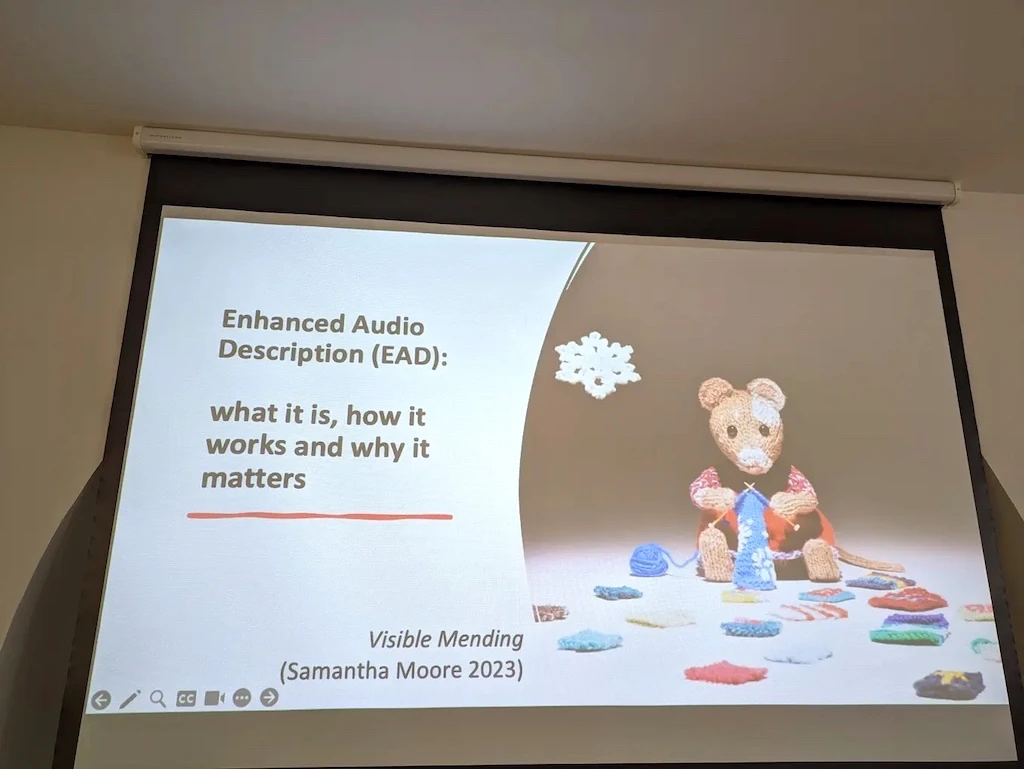
Last on, after a coffee break and some cake (sadly I missed out on the cake while prepping for the presentation!), it was the turn of the Enhancing Audio Description project to present on Enhanced Audio Description (EAD): what it is, how it works and why it matters. Gavin and I presented together. The presentation included an introduction to the EAD methods for those unfamiliar with them, followed by examples from Visible Mending (Moore 2023) and Spines (Inman 2023) which demonstrated different uses of EAD in documentary and fiction. We prepared the examples as A/B comparisons in which we first played a clip with the main soundtrack and then followed it with the EAD version so that audiences could reflect on the differences. Huge thanks to Dr Krisztián Hofstädter for captioning all the videos to make them accessible. In addition to this, we introduced audiences to work in progress including Gavin and Michael’s work on tools for EAD production, Krisztián’s work on the connection between sound design and cinematography, and my work with Dr Monika Zabrocka on EAD for children. As part of this last section, audiences were also able to listen to the EAD I created for an episode of an animated series (Mami Fatale) as part of Monika’s work. We wrapped up with some remarks about the power of integrated accessibility which has been the exception rather than the norm in film and television and the need to consider the power of sound design (beyond the voice) to provide information and engagement to visually impaired audiences.
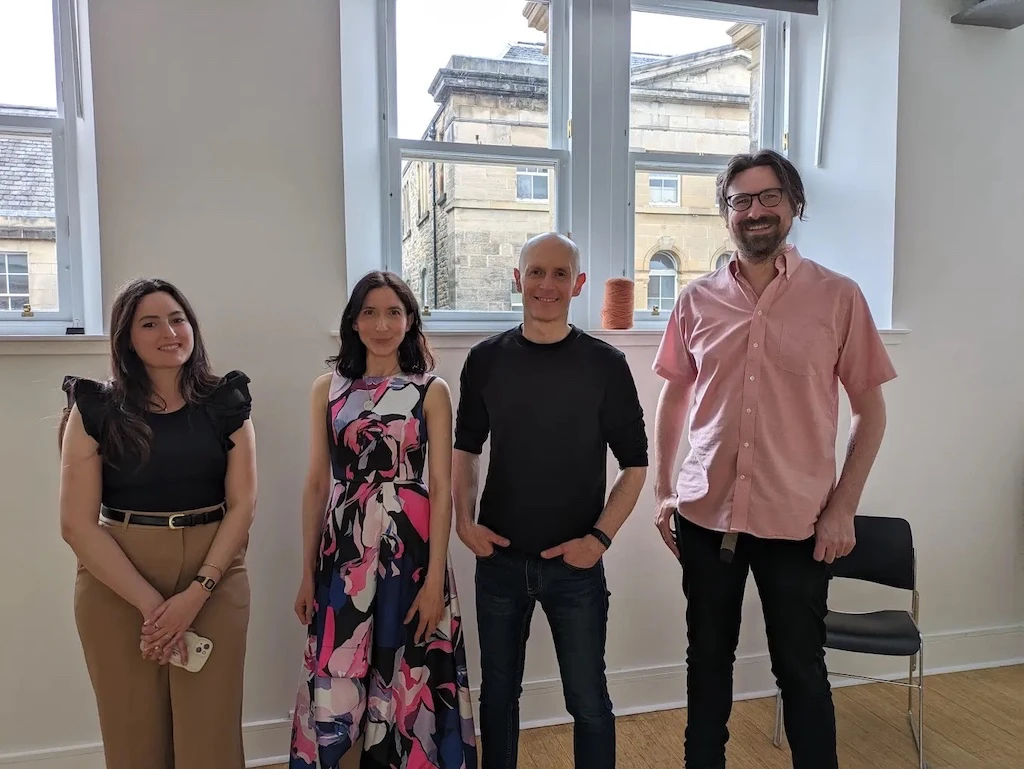
Thank you very much to all the wonderful speakers at the event! I learnt so much from everyone’s work and colleagues and I couldn’t stop speaking about how impressed we were with everyone’s work and how many connections there were across the different pieces.
Thank you very much as well to all the participants who engaged throughout the day, celebrating presenters’ work and asking insightful questions leading to key points of discussion.
We hope to see you in York in September 2025 for our DARCI Conference.
Mariana
